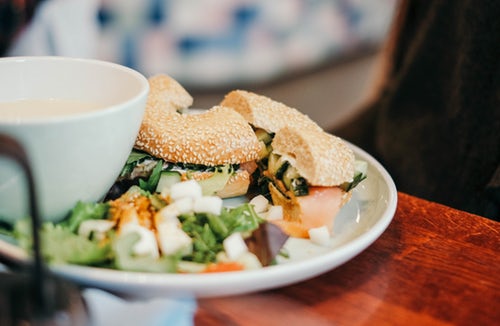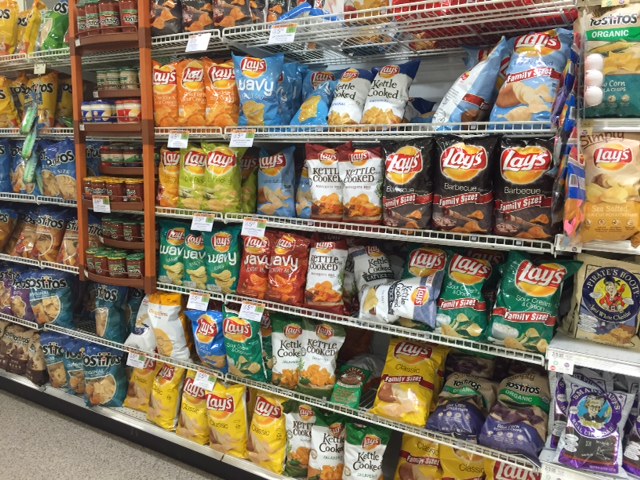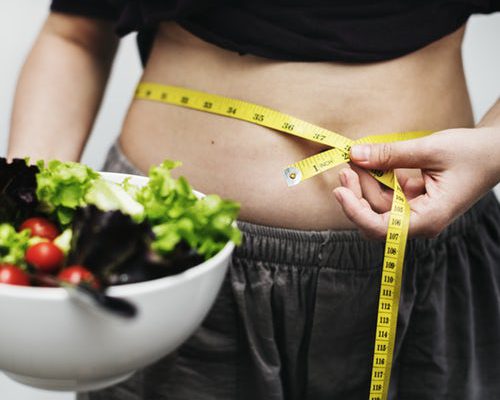Lose Weight By Knowing How Many Calories To Eat Per Day!
How Many Calories To Eat Per Day – And Lose Weight

Have you ever wondered how many calories you can eat in one day and lose weight?
Firstly let’s find out what is a calorie is.
So What Is A Calorie?
So when I type in google the dictionary meaning of what a calorie is, this is what it says,
Calorie,
- The energy needed to raise the temperature of 1 gram of water through 1 °C (now usually defined as 4.1868 joules).
- The energy needed to raise the temperature of 1 kilogram of water through 1 °C, equal to one thousand small calories and often used to measure the energy value of foods.
Thanks google, but you may still be scratching your head saying WHAT?
Calorie Defined In Simple Terms
A calorie is simply a measure of energy in food.
When you look at the nutrition label on a packet and it states that it has 100 calories,
It’s simply describing how much energy your body can get from eating or drinking that particular item.
Calories are simply the body’s way of keeping track of the amount of energy it can consume.
A healthy balance occurs when we only put in as much energy as we can use and lose for the day.
Over time if we continue to eat more than our bodies can burn off, the leftovers will be stored up as fat in your cells and you will begin to gain weight or mass.
But on the other hand, over time if you can burn or use up the amount of food/energy you eat in a day then you can either maintain or lose weight.
So in order to know how many calories you can eat in one day and lose weight?
We need to able to measure the amounts of energy/food we consume and use, in order to understand weight management better.
So How Do We Measure A Calorie Then?
In North America, the term 1 Calorie is used generally on a food label which = 1 chemist’s kilo calorie = 1,000 chemist’s calories = 4.12 kilo joules
In Europe and other parts of the world, they commonly use the term Kilojoule, that’s why both calories and Kilojoules are used.
One calorie the kind that is measured in food is the amount of energy your body will take to raise the temperature of one kilogram of water by 1 degree Celsius.
Or again how much energy your body can get from eating or drinking that particular item.
Different Amounts Of Calories In Food
Every kind of food that we consume has its own calorie count or amount.
The amount of energy it stores as chemical bonds vary and are very different, for example
The average medium apple has about 70–90 calories
The average piece of bread (one slice, wheat or white): 66-80 calories
The average slice of pizza has about 200–290 calories
Rice (white, long grain, cooked, 1 cup): 200–220 calories
Chicken breast (boneless, skinless, roasted, 3 ounces): 100-120 calories
375ml can of Coke has around 161 calories
The average calorie content in beer can range from a lowly 64 calories to a whopping 198 calories per bottle.
Here’s how many calories are in 1 gram of the following:
· Protein = 4 calories
· Carbohydrate = 4 calories
· Fat = 9 calories
Calculating the amounts of Fat, protein, Carbs in your foods
How many times have you gone shopping and found your favorite food item, and thought I really want to know how to interrupt that food label.
You wanted to determine the amount of fat, protein, carbs in that particular packet of potato chips.
But you looked at it and thought I don’t even know where to start, it’s like you need a degree in food technology.
The good thing is thanks to technology, we have help at the touch of a button, as most every person carries a smartphone with them.
We now have access to many apps that do all the hard work for us by simply typing in the food you would like such as,
My Fitness Pal
Lose it
Fat Secret
Diet Diary
Again all these apps are simple to use either scan the bar code on the box of the item or type in the food and it lists all the important information you require.
Information such as the number of calories in that amount of food, amount of protein, fat, carbs, sugar, fiber and so on.
Manually working out the number of calories
I can anticipate some people saying hay what if I don’t have a smartphone or am not really tech savvy.
Can I still work out the amounts of calories, protein and fat, the old fashion way?
Well, of course, you can there are formulas that you can use to work out all the important nutritional information in your food.
So let’s say the next time you’re shopping and you find a packet of your favorite potato chips and you look at the label and it gives you the total serve amount.
The label states the following

Example: Potato chips
Calories per serving 167
Servings size 7 Potato chips
Total fat 3 grams
Total saturated fat 1 gram
Cholesterol 0 mg
Sodium 250 mg
Total carbs 32 grams
Dietary fiber 4 grams
Sugars 11 grams
Protein 3 grams
As all the information you require is already available to you, below is how you can work it out the old-fashioned way,
Remember above I stated the amounts of calories there are in 1 gram of each of these below
· Protein = 4 calories
· Carbohydrate = 4 calories
· Fat = 9 calories
As the total amounts are given from the label, we work out the totals by the following formula,
Pro = 3 g, carbs = 32 g, fat =3 grams (all given on the food label above)
3 grams of protein in the potato chips, x 4 calories per gram of pro = 12 calories from protein
32 grams of carbs in the potato chips x 4 calories per gram of carbs = 128 calories from carbs
3 grams of fat in the potato chips x 9 calories per gram of fat = 27 calories from fat.
Total calories per serving:
12 calories from protein
128 calories from carbs
27 calories from fat
167 total calories per serving of Potato chips
(The final figure may be a few calories off from the actual food label due to rounding off.)
Work Out These Amounts In Percentages
Percentage of calories from protein:
(3 g pro x 4 cal per gram pro) / 167cal x (100) = 7.18%
Percentage of calories from carbs:
(32 g carbs x 4 cal per gram carbs) / 167 cal x (100) = 76.65%
Percentage of calories from fat:
(3 g fat x 9 cal per gram fat) / 167 cal x (100) = 16.16%
100% (must equal about 100%)
How Many Calories Can I Eat In A Day?
Now that you know what a calorie is and that different foods contain their own amounts of calories. We also know how to work out the amounts of calories and fats and protein and carbs that are in your favorite foods,
The next thing you should determine is how many calories you can have or eat in one day. There are a lot of factors that determine the exact amount such as,
· Weight
· Gender
· Height
· Age
· Amount of activity you do in a day
· The way your body breaks down certain foods
· Amount of times you train or work out in a week.
· The list goes on and on
That’s why when you do a search for a calorie calculator it gives you the most average results for either male or female. There are many good calorie calculators that you can use to type in your age, height, age, gender, the activity you do in a day, I also happen to have one available on the sidebar that gives you a good indication of your daily calorie intake.
Based on that an average woman needs to eat about 2000 calories per day to maintain their weight. On the other hand, they would need about 1500 calories to lose one pound of weight per week. An average man needs around 2500 calories a day to maintain his weight. You wanted to lose one pound of weight per week it would be around 2000 calories a day.
To sum it up all these figures mentioned above all depend on numerous factors, so based on this information it will be a great guide and place to start out and from here you can determine what measures you can put in place and change and alter this.




